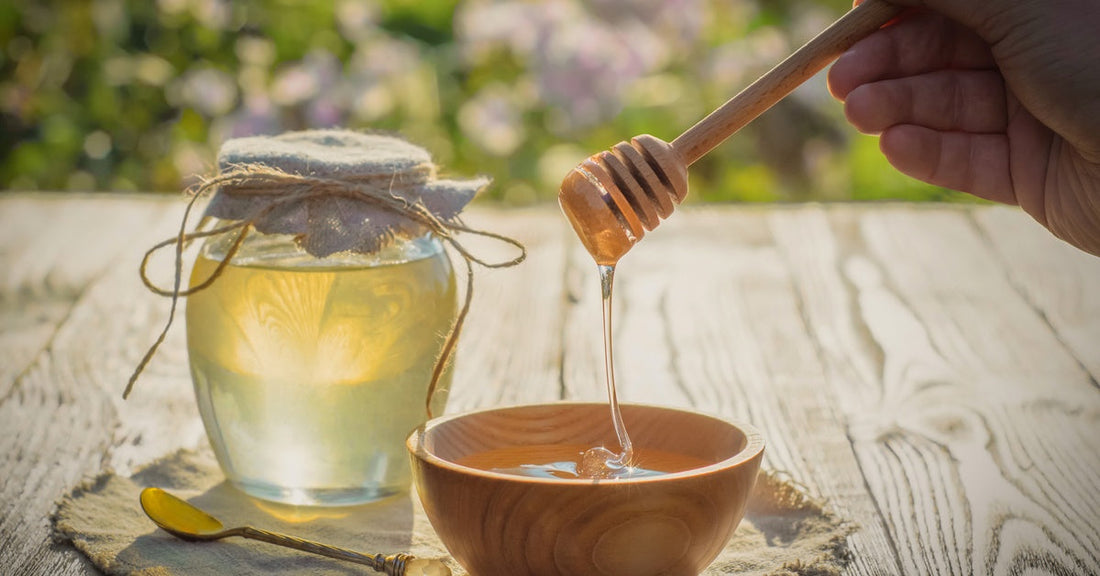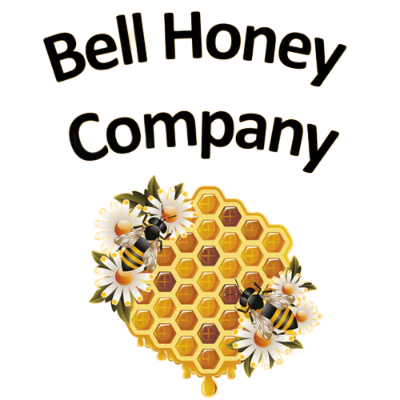
A Look at Wildflower Honey’s Unique Flavor Profile
Share
You know that moment when you drizzle honey over warm biscuits and pause to savor that first delicious bite? If you've ever wondered why some honey delivers a symphony of flavors while others taste simply sweet, the answer might lie in the flowers it comes from.
Unlike honey harvested from a single flower type, wildflower honey captures the essence of entire ecosystems. Each spoonful tells the story of meadows, fields, and forests where bees have foraged freely among dozens of different blooms. The result transforms your morning toast or afternoon tea into something extraordinary.
Comparing to Other Honey Types
Understanding wildflower honey becomes clearer when you compare it to other popular varieties. Each type of honey carries distinct characteristics that reflect its floral origins.
Clover Honey
Bees create this variety primarily from white and red clover blossoms, producing a mild, sweet flavor with subtle floral notes. You'll notice its light amber color and smooth texture.
Clover honey offers consistency. Each jar tastes remarkably similar to the last. This predictability makes it perfect for baking recipes where you want honey's sweetness without competing flavors.
Orange Blossom Honey
When bees visit orange groves, they produce honey with bright citrus undertones. Orange blossom honey delivers a delicate floral taste followed by hints of orange zest. Its light golden color mirrors its gentle flavor profile. You'll detect subtle fruit notes that complement tea beautifully or add complexity to marinades for poultry.
Acacia Honey
This is the mildest option among popular varieties. Its nearly transparent appearance and exceptionally smooth texture make it almost neutral in flavor. This honey rarely crystallizes, maintaining its liquid state longer than other types. Many people choose acacia honey when they want sweetness without any competing flavors.
Factors Impacting the Flavor of Wildflower Honey
While single-flower honeys maintain predictable profiles, wildflower varieties embrace complexity through their diverse origins. Wildflower honey’s unique flavor profile comes from a unique blend of factors.
Polyfloral Sources

Unlike specialized honey varieties, wildflower honey draws from multiple flower species blooming simultaneously. Bees visit whatever flowers are available within their foraging range—typically a three-mile radius from their hive.
This diversity might include dandelions, basswood, goldenrod, blackberry bushes, apple trees, and countless wildflowers. Each flower contributes its unique nectar profile to the final product.
The abundance of sources means no two batches taste the same. One jar might lean toward floral and light notes if bees focused on spring wildflowers, while another develops deeper, more robust flavors from late-summer blooms. This natural variation creates the excitement of discovering new taste notes with each jar you open.
Complex Flavor Profile
This diversity of sources produces wildflower honey's signature complexity. Rather than one dominant flavor, you experience layers that unfold on your palate. The initial sweetness might give way to subtle fruit notes, followed by earthy undertones or delicate spice hints.
Some batches reveal bold, robust flavors that pair beautifully with sharp cheeses or dark bread. Others offer gentle, nuanced sweetness perfect for delicate pastries. This complexity makes wildflower honey incredibly versatile in applications where you want depth rather than simple sweetness.
Seasonal Changes
Wildflower honey changes its flavor throughout the year, depending on the flowers in bloom when bees collect nectar. Lighter, delicate notes may come from early blooms, while richer, more robust flavors often reflect later-season flowers. These natural shifts give wildflower honey a unique flavor depending on when you get it.
Unique to Each Location
Geography plays a crucial role in wildflower honey's character. Honey produced in mountain meadows tastes completely different from coastal varieties or prairie honey. Local soil conditions, climate patterns, and indigenous plant species all influence the final flavor.
A jar from Vermont might showcase maple and birch notes along with mountain wildflowers, while Texas wildflower honey could include mesquite and wildflower varieties that thrive in warmer climates. This regional diversity means you can explore different terroir through honey, much like wine enthusiasts appreciate regional grape varieties.
How Can You Enjoy the Taste of Wildflower Honey?
Once you understand wildflower honey’s unique flavor profile, you'll want to showcase its complexity in various ways. The key lies in choosing applications that highlight rather than mask its nuanced flavors.
Add to Breakfast
Morning meals provide perfect opportunities to appreciate wildflower honey's complexity. Drizzle it over Greek yogurt and notice how different flavor notes complement the tangy dairy. Spread it on toast where its layers can develop on your palate without competition from other strong flavors.
Pancakes and waffles become gourmet experiences when topped with quality wildflower honey. The warmth releases aromatic compounds, intensifying the honey's floral notes. Fresh fruit and honey create classic combinations where the honey's complexity enhances natural fruit flavors.
Mix Into a Salad Dressing
Beyond breakfast applications, wildflower honey works well in vinaigrettes where its complexity balances acidic ingredients. Whisk it with olive oil and balsamic vinegar for a dressing that adds depth to simple greens. The honey's varied flavor notes prevent the dressing from tasting one-dimensional.
Try combining wildflower honey with Dijon mustard and apple cider vinegar for a tangy-sweet dressing that works beautifully on spinach salads with nuts and cheese. The honey's natural complexity complements these bold ingredients without overpowering them.
Make a Better Marinade
Moving from cold preparations to marinades, wildflower honey transforms ordinary proteins into flavorful main courses. Its complex sugars caramelize beautifully during cooking, creating rich, glossy finishes on grilled meats and roasted vegetables.
Mix wildflower honey with soy sauce, garlic, and ginger for an Asian-inspired marinade that works on chicken, pork, or salmon. The honey's varied flavor notes add sophistication that simple sugar cannot match. For Mediterranean flavors, combine it with herbs, lemon juice, and olive oil.
Enjoy on Its Own

Sometimes the best way to appreciate wildflower honey involves savoring it straight from the spoon. Take small amounts and let them coat your palate slowly. You'll discover flavor notes you miss when you mix honey with other ingredients.
Pair different wildflower honeys with various cheeses to explore how regional varieties complement different dairy products. Strong honeys work well with aged cheeses, while delicate varieties enhance fresh, mild cheeses.
Experience the Complexity of Quality Wildflower Honey
When you're ready to explore these remarkable flavors, Bell Honey offers exceptional wildflower varieties that showcase the best of what nature offers. We have bulk honey for sale, perfect for bakers, chefs, or anyone who loves the pure, natural sweetness of honey. Discover your new favorite sweet treat today.
